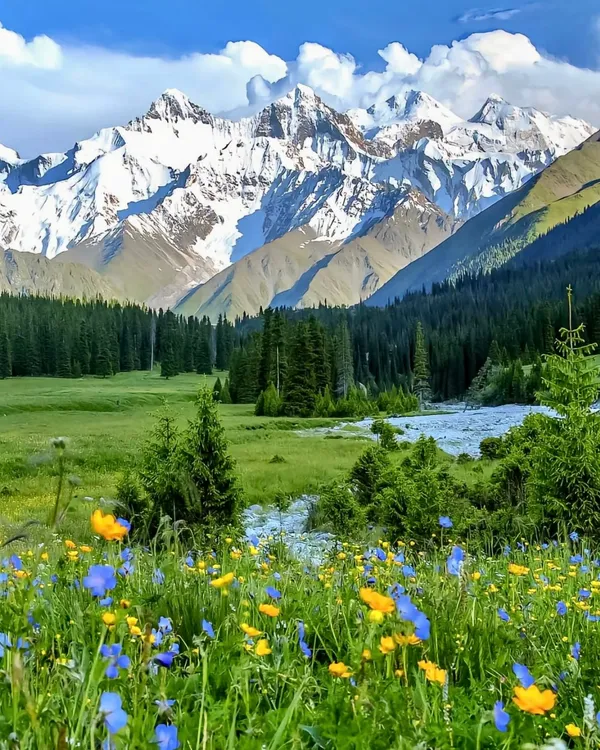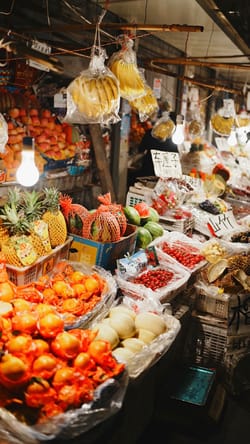On this page
Introduction
Xinjiang Uyghur Autonomous Region (Uyghur: شىنجاڭ ئۇيغۇر ئاپتونوم رايونى, Latin Uyghur: Shinjang Uyghur Aptonom Rayoni), commonly known as Xinjiang, is an autonomous region in China and the largest provincial-level administrative region in the country. It’s also the eighth largest first-level administrative division in the world. Established in 1955 from the former Xinjiang Province, its capital is Ürümqi. Xinjiang spans a vast area of 1,664,897 square kilometers, accounting for about one-sixth of China’s land area, and boasts a 5,690-kilometer land border, which makes up a quarter of China’s total boundary length.

Xinjiang’s unique landscape features the "Three Mountains and Two Basins" geography, with towering mountains and expansive basins. The Kunlun Mountains lie to the south, the Altai Mountains to the north, while the Tianshan Mountains stretch across the center, dividing Xinjiang into the Junggar Basin in the north and the Tarim Basin in the south, often referred to as Northern and Southern Xinjiang. The region’s summer heat, abundant sunshine, and significant day-night temperature differences create ideal conditions for producing premium fruits, such as tomatoes, Hami melons, pomegranates, and grapes. Its hot, dry climate, coupled with reliable irrigation, has made Southern Xinjiang China’s largest high-quality cotton production area. Xinjiang is also one of China’s most resource-rich provinces, with oil and gas reserves accounting for nearly a third of the country’s total land reserves. The region hosts China’s strategic oil and gas reserve base, with the Karamay Oilfield being the largest in western China. The Xinjiang Autonomous Region Government is located at 479 Zhongshan Road, Tianshan District, Ürümqi.
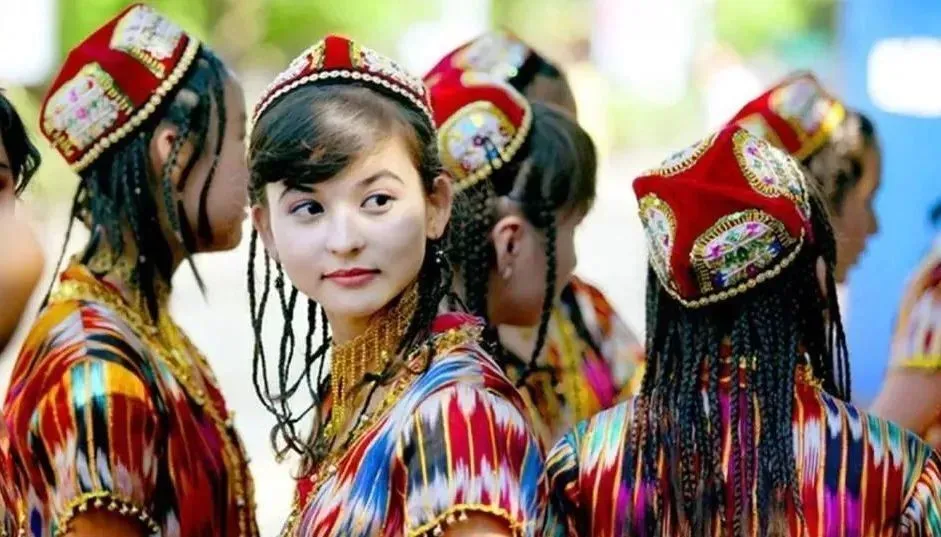
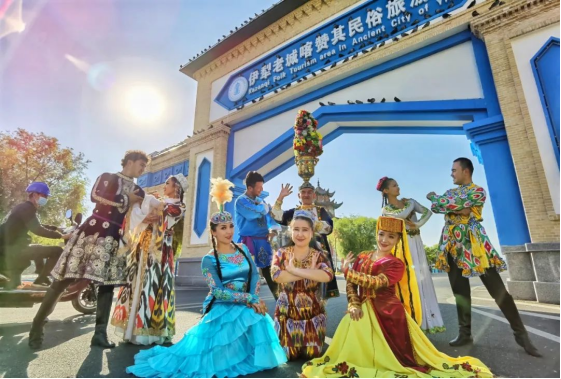
Xinjiang is home to 56 ethnic groups and 19 indigenous ethnicities, including Uyghur, Han, Kazakh, Hui, Kyrgyz, Mongolian, Xibe, Tajik, and Dongxiang communities. The region also contains five autonomous prefectures and six autonomous counties, reflecting its rich cultural diversity.
Xinjiang's Key Tourist Routes
Dzungarian (lit. Northern Xinjiang)
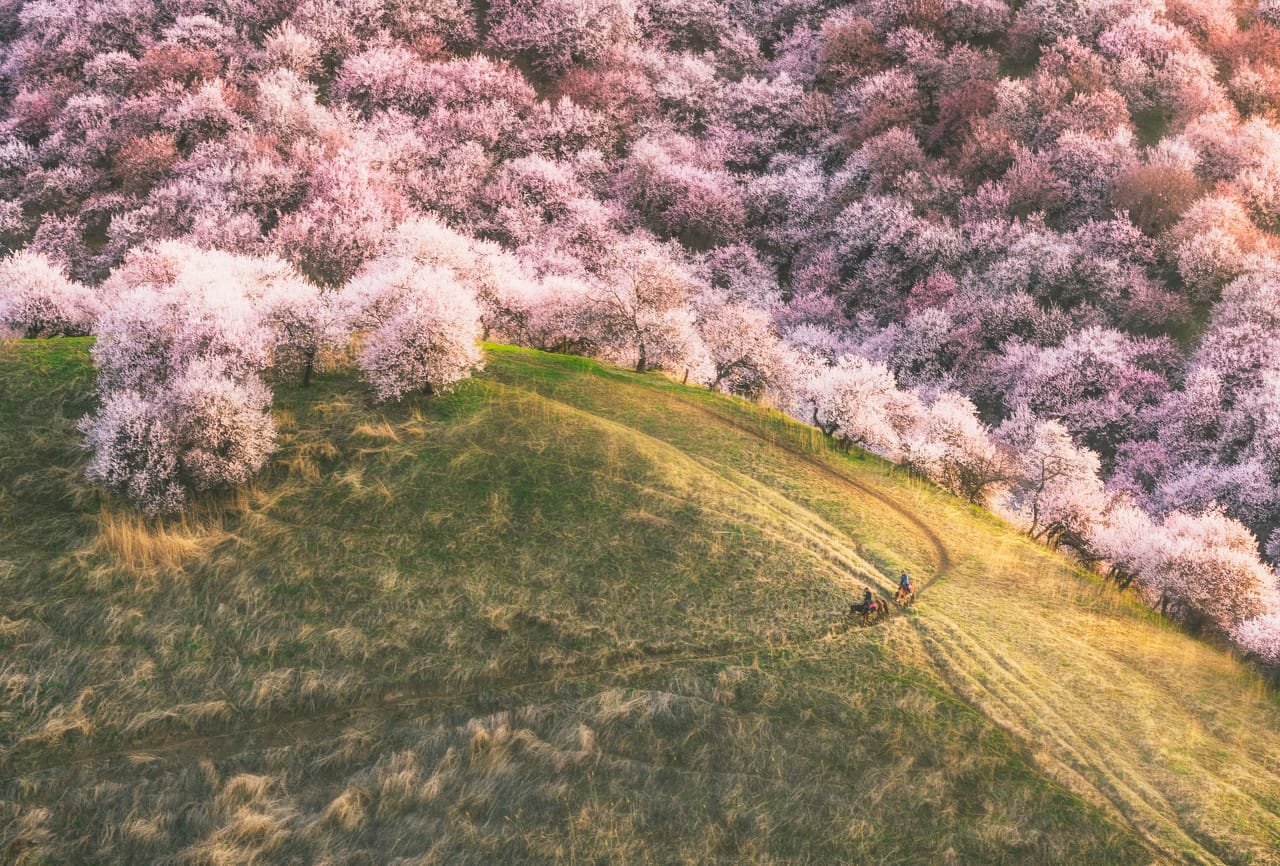
Northern Xinjiang refers to the northern part of Xinjiang, encompassing areas like Ürümqi, Turpan, Altay, Tacheng, Changji, and Ili, among others. In the eyes of the locals, Southern and Northern Xinjiang are distinctly different. This region is home to breathtaking natural wonders such as the ethereal Kanas Lake, the idyllic Hemu Village, the gem-like Sayram Lake, the lush pastures of Gongnaisi, the vibrant Rainbow Beach, and the otherworldly Urho Ghost City. Northern Xinjiang is predominantly inhabited by the hospitable Kazakh people and the Oirat Mongolians.
Best Time to Visit:
Northern Xinjiang is a year-round destination, with summer and autumn offering the most ideal conditions.
Recommended Duration: 7 days
Suggested 7-Day Itinerary:
- Day 1: Ürümqi➡️Beitun City
- Day 2: Beitun City➡️Kanas Scenic Area➡️Hemu Village
- Day 3: Hemu Village➡️the Ghost City of the World➡️Karamay
- Day 4: Karamay➡️Sayram Lake➡️Guozigou Valley➡️Yining
- Day 5: Yining➡️Yizhao Highway➡️Shata➡️Tekes
- Day 6: Tekes➡️Qiasi Forest Park➡️Xinyuan County
- Day 7: Xinyuan County➡️Duku Highway➡️Dushanzi➡️Ürümqi
Must-See Attractions:
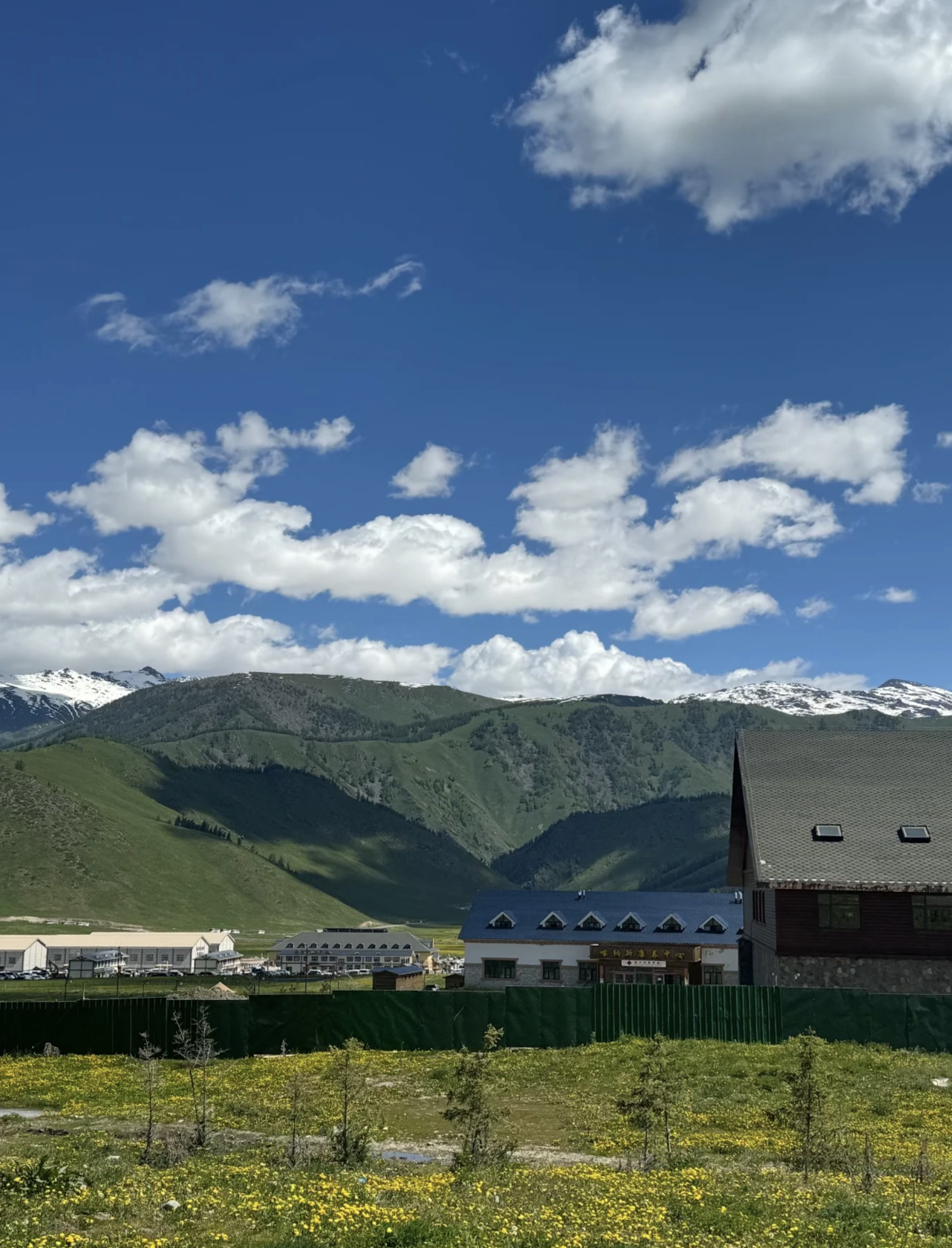
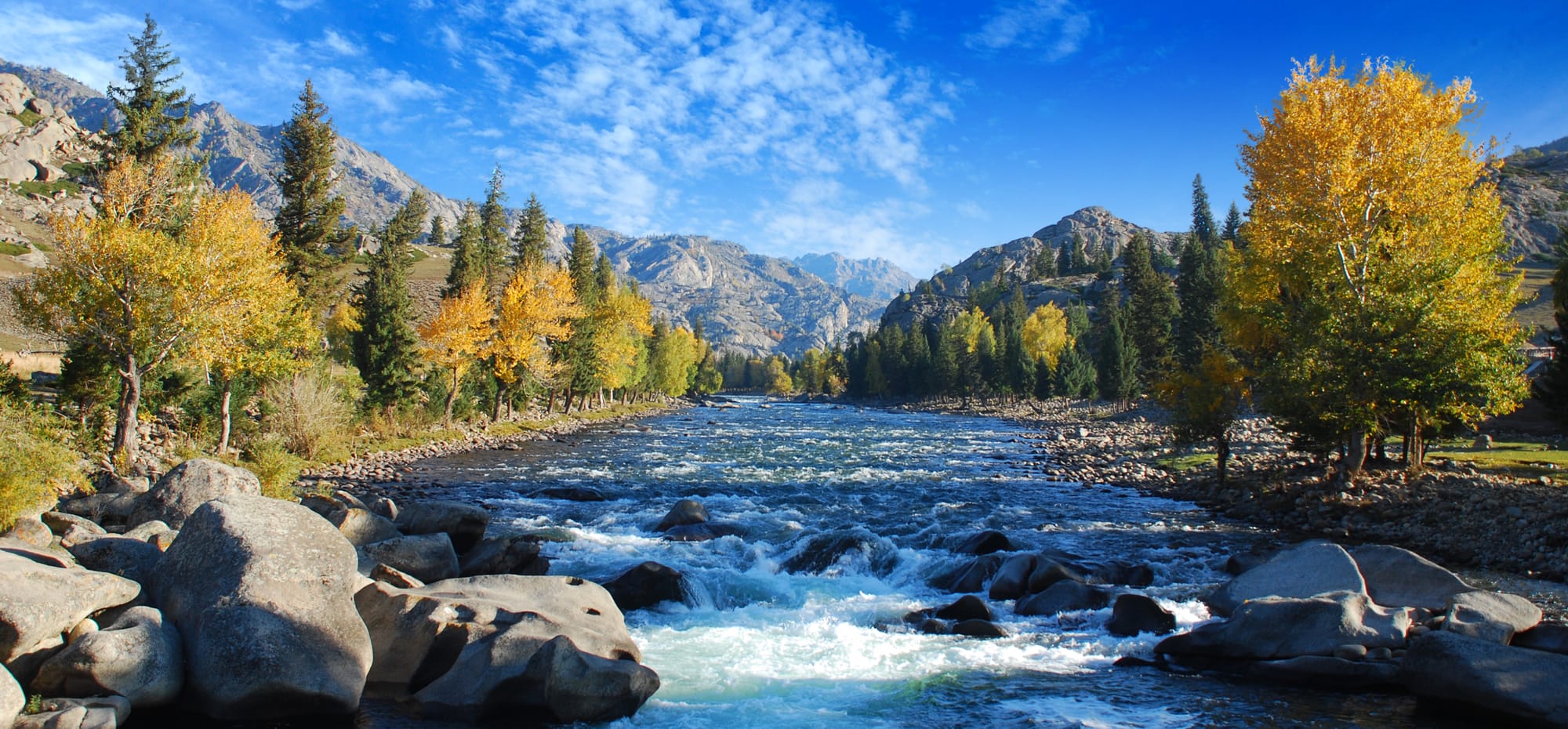
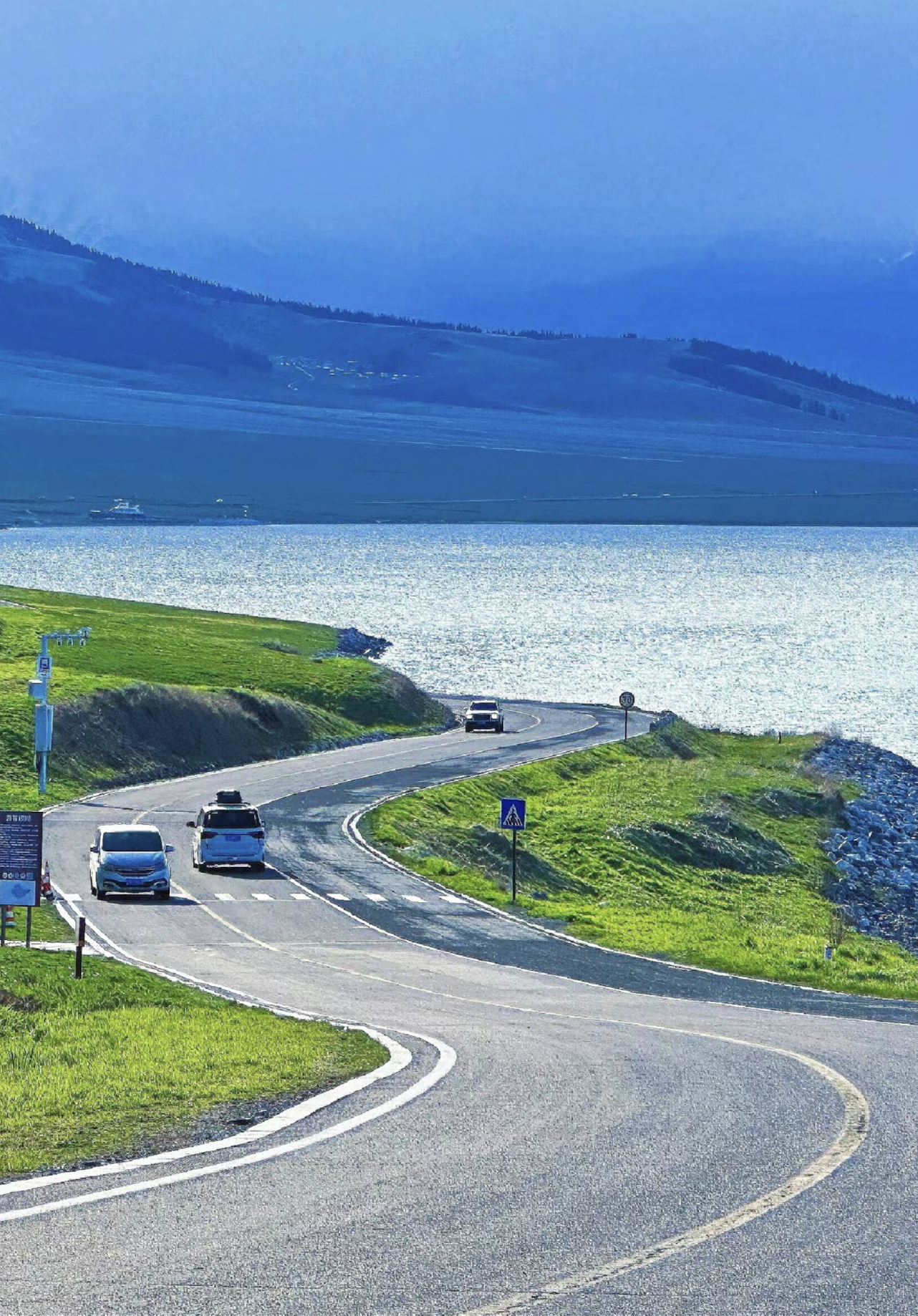
- Altay Region – Kanas
The highlight of the Altay region is the Kanas Scenic Area, where Kanas Lake glistens with a vivid blue hue, surrounded by mountains and often referred to as a paradise for immortals. Nearby, you can explore the pristine beauty of Jiadengyu National Forest Park, the Hemu River Valley, and the Naren Grasslands. The quaint, rustic charm of Hemu and Baihaba villages captivates many travelers.
- Ili Region – Sayram Lake
Known as the "Jiangnan beyond the Great Wall" (The Oasis of the North), the Ili Autonomous Prefecture is home to the serene Sayram Lake. Every summer, the Nadam Fair held on the lakeside grasslands attracts numerous visitors. Other highlights include the Gongnaisi Grassland, Tangbula Grassland, Nalati Grassland, Koksu Grand Canyon, Lavender Estates, Qiongkushitai, and the Zhaosu Grassland with its vibrant canola flowers. In winter, this area showcases stunning blue ice spectacles, and for the adventurous, there’s ice karting on the lake.
- A Niche Region – Keketuohai
The Keketuohai Scenic Area is composed of the Ertix Grand Canyon, Keke Su Li, Lake Iremit, and the Karasenger Seismic Fault Zone. Spend half a day here taking in the canyon river sources, marshlands, frigid lakes, and the unique seismic fault.It’s a must-visit for hiking enthusiasts and photography buffs.
Tarim (lit. Southern Xinjiang)
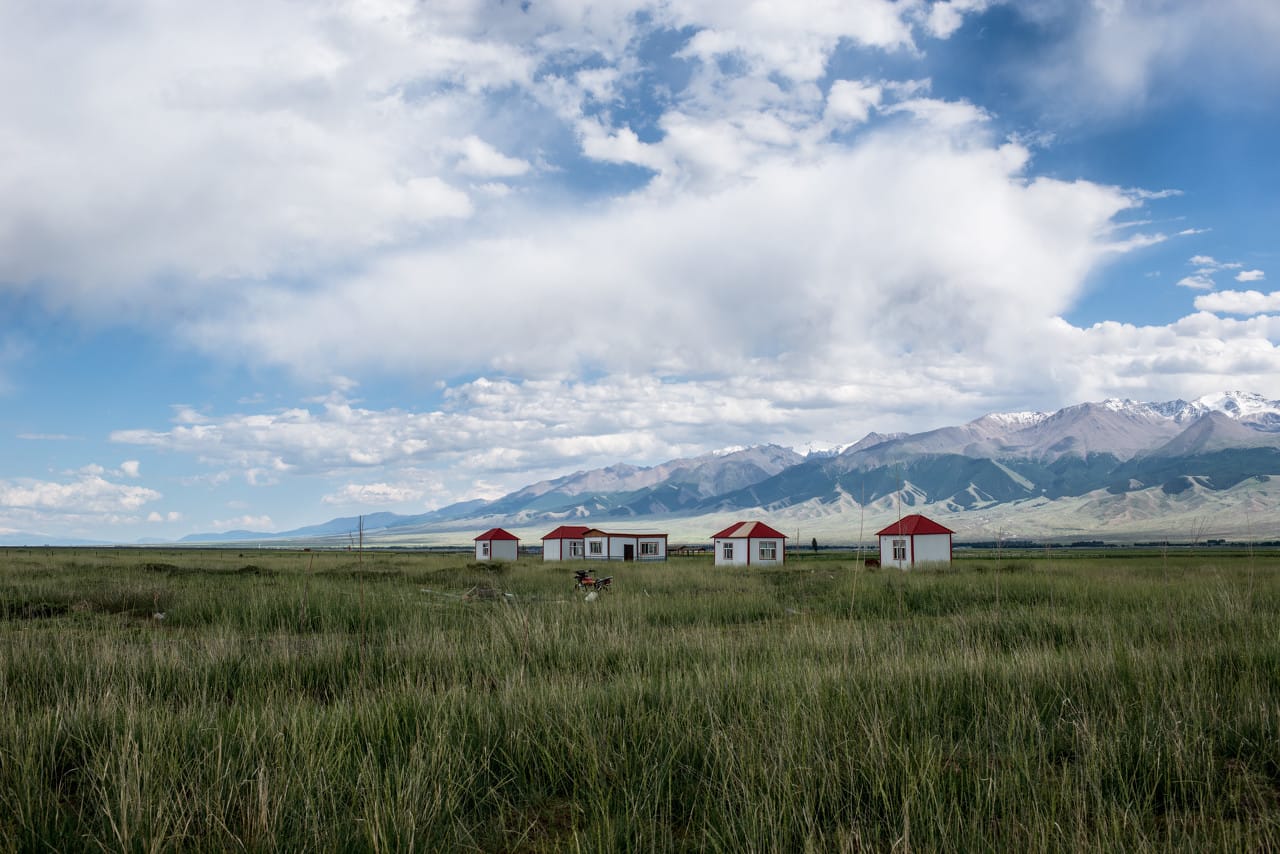
Southern Xinjiang refers to the southern part of Xinjiang, encompassing the Tarim Basin, the Kunlun Mountains in Xinjiang, and the Turpan Basin. This region lies at the heart of the Eurasian continent, farthest from any ocean, with a dry climate year-round. It is home to the vast Taklamakan Desert, the largest in China. Historically, Southern Xinjiang has been a melting pot of diverse ethnic groups, with the vibrant cultures and arts of the Uyghur, Tajik, and other communities creating a unique cultural landscape. The ancient Silk Road's southern and central routes left behind hundreds of ancient cities, tombs, and Buddhist cave temples, testifying to the area's rich history, though many sites have become desolate due to climate change and human impact. Life today mainly thrives in the oasis towns that border the desert.
Best Time to Visit:
Year-round, with summer and autumn being the most favorable.
Recommended Duration: 7 days
Suggested 7-Day Itinerary:
- Day 1: Explore the ancient city of Kashgar
- Day 2: Kashgar➡️Kizilsu Glacier Park➡️Red Mountain Bubble Valley➡️Baisha Lake➡️Tashkurgan
- Day 3: Tashkurgan➡️Golden Grassland Wetland➡️Wakhan Corridor➡️Panlong Ancient Road➡️Bandi’er Blue Lake➡️Tashkurgan
- Day 4: Tashkurgan➡️Tahman Wetland➡️Muztagh Ata Glacier Park➡️Karakul Lake➡️the north shore of Baisha Lake➡️Kashgar
- Day 5: Kashgar➡️the Taklamakan Desert (N39)➡️Yarkant Khan’s Palace in Shache
- Day 6: Shache➡️Yingjisha County➡️the junction of the Tianshan and Kunlun Mountains➡️West Pole Monument➡️Wuqia County
- Day 7: Wuqia County➡️Yarkant Town for a visit to the Grand Bazaar➡️Kashgar
Must-See Attractions:
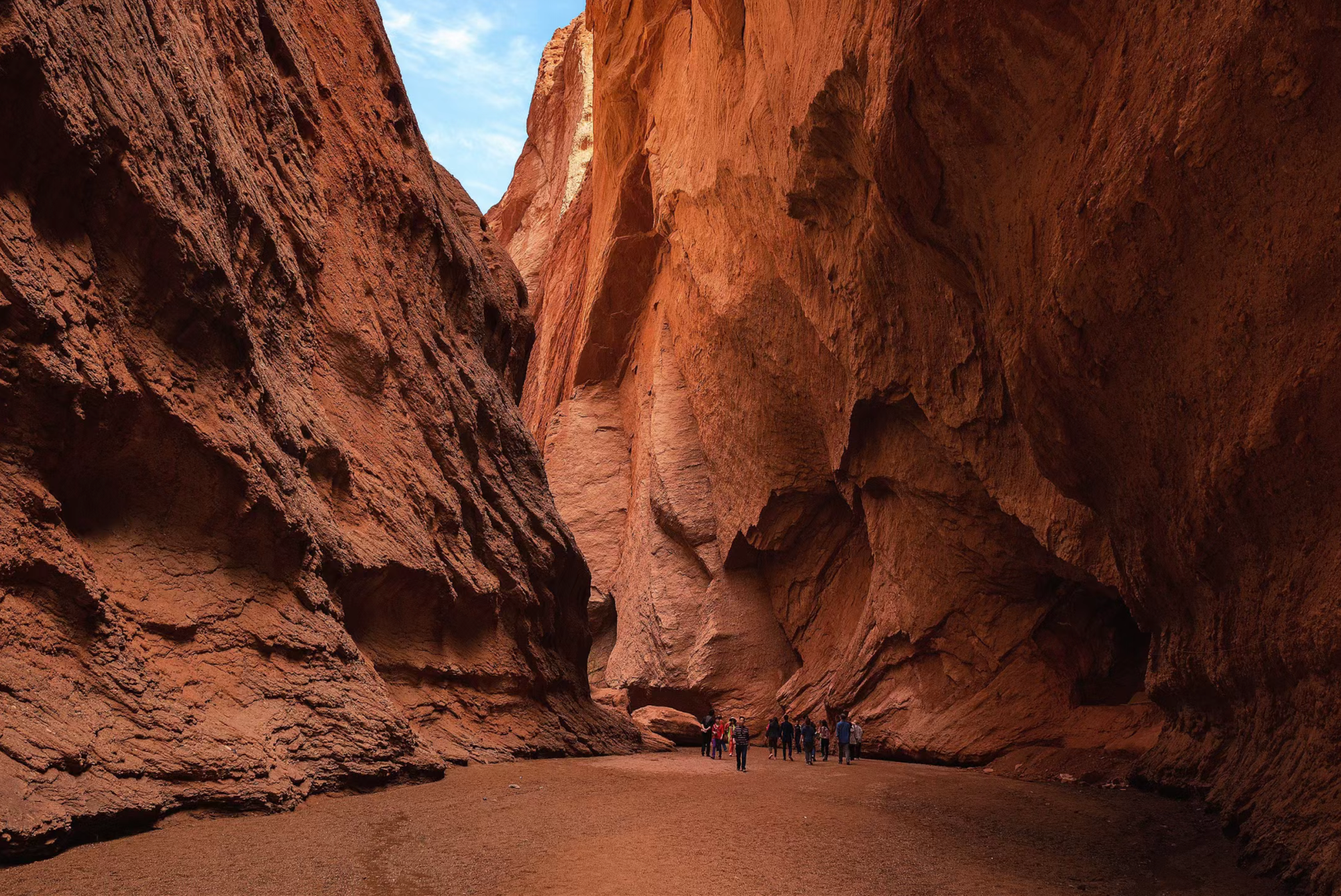
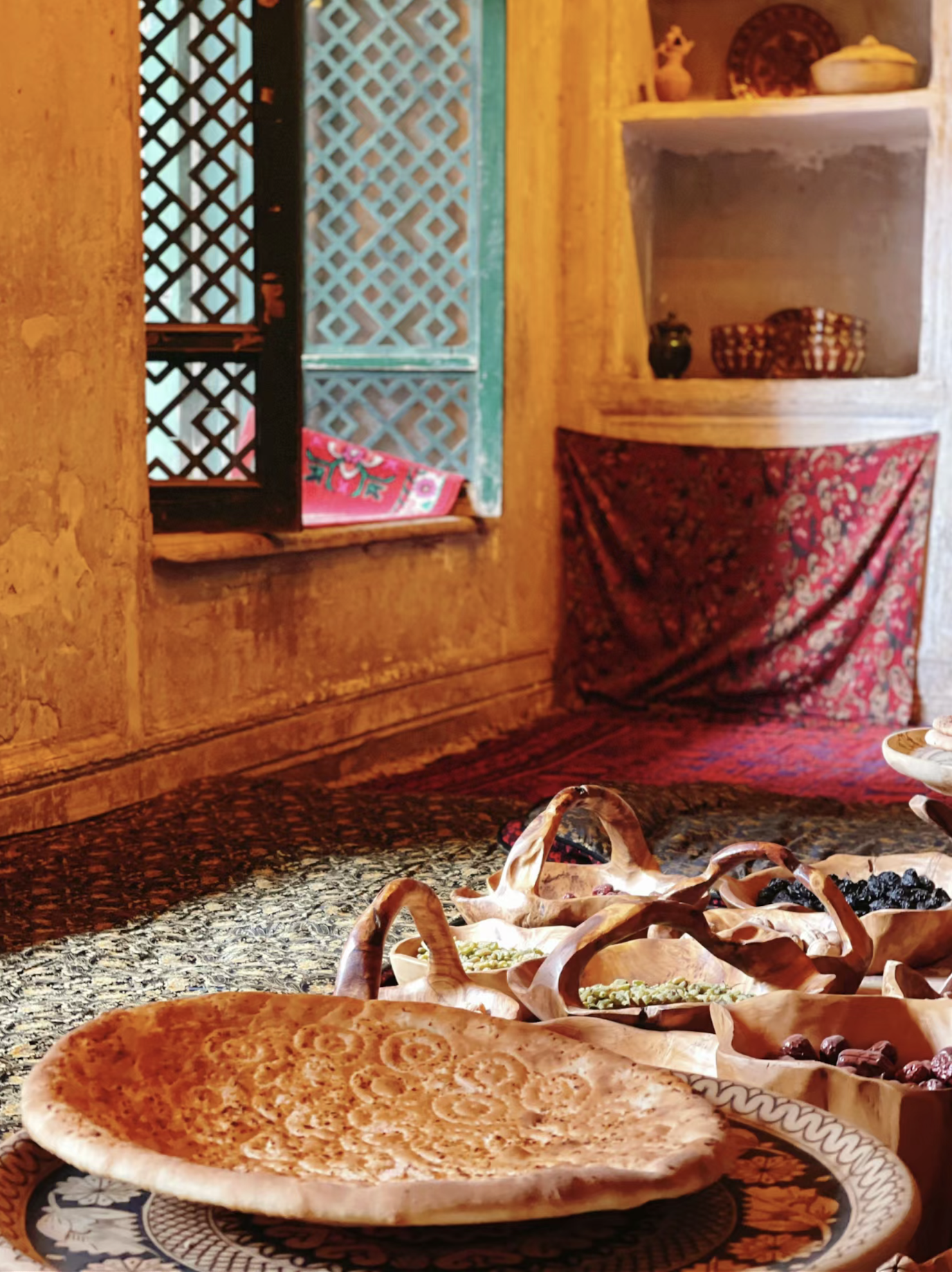

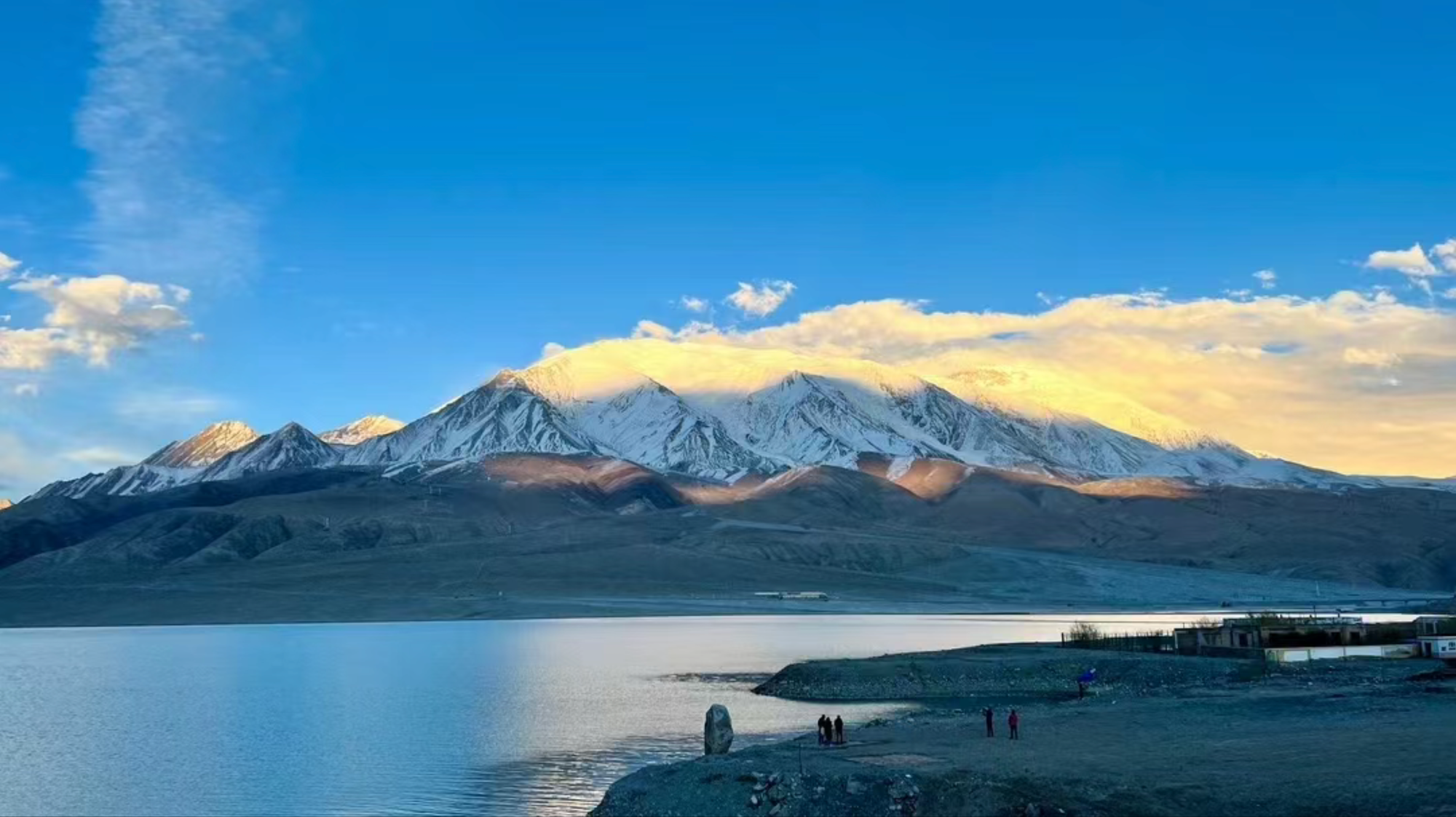
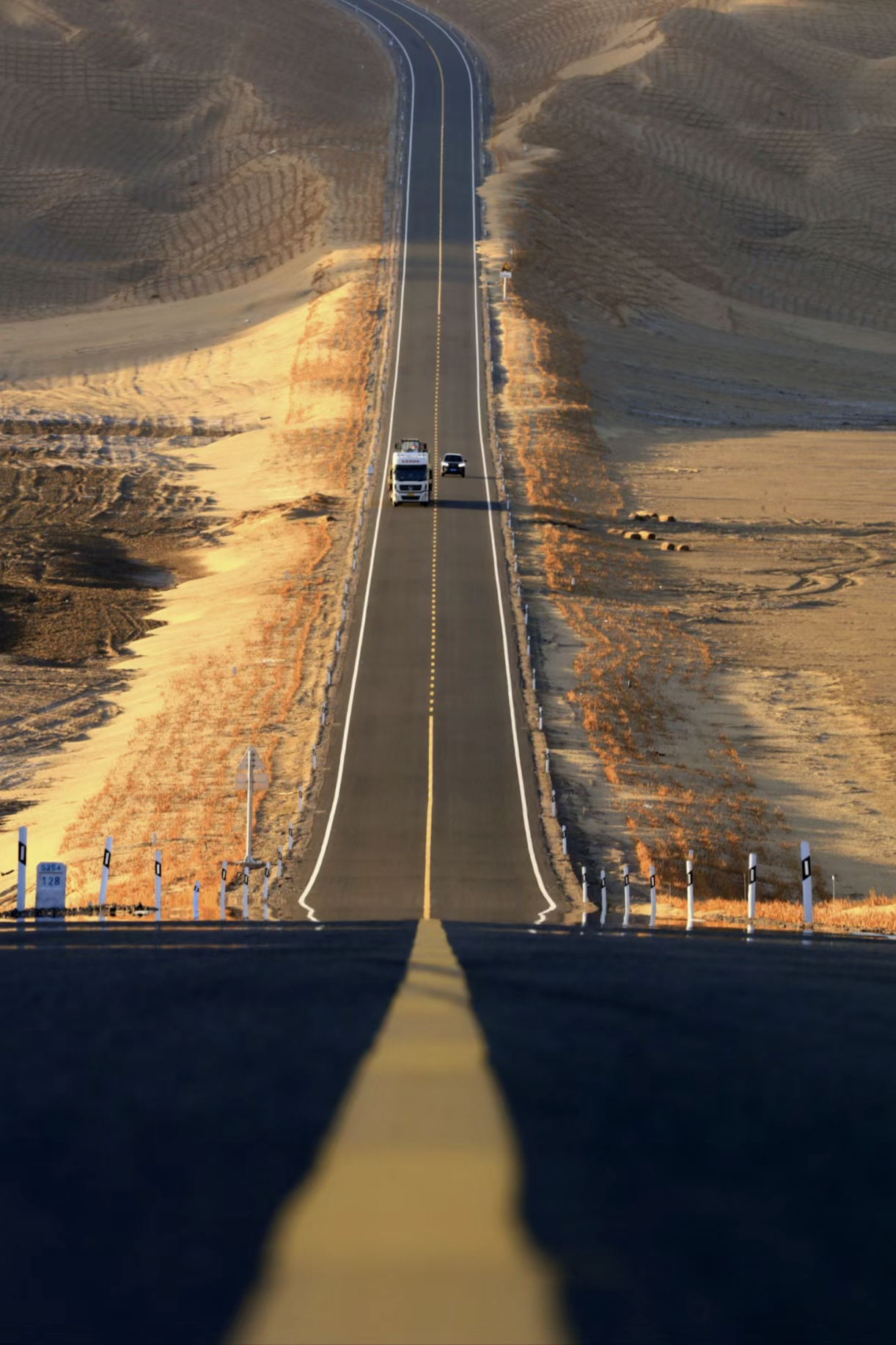
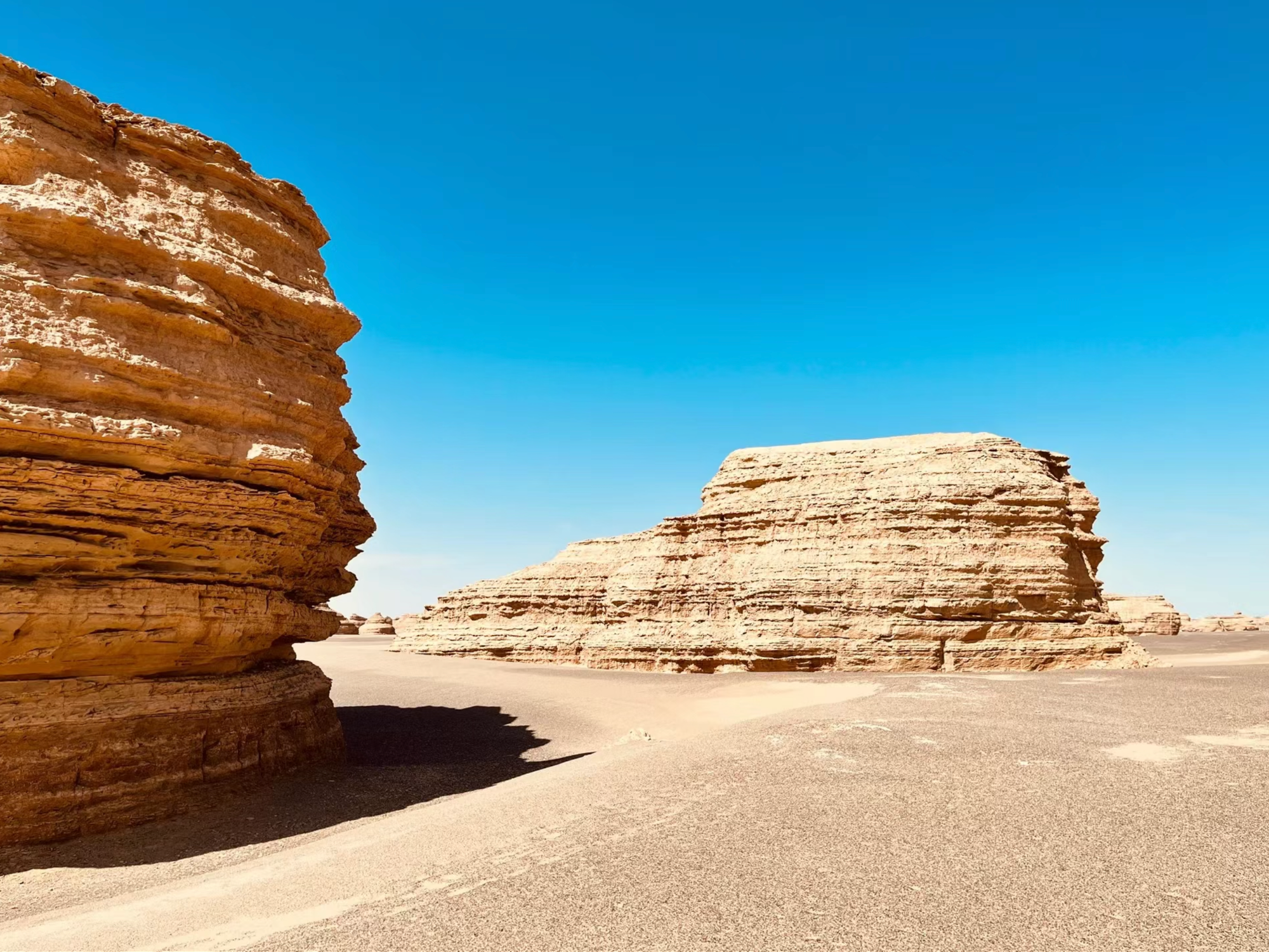
- Kuqa Region – Tianshan Mysterious Grand Canyon
Kuqa is a city steeped in history, with over 195 historical and cultural relics, including caves, ancient fortresses, and beacon towers. The Kizil Caves offer a glimpse into the ancient Kucha Kingdom, while a visit to the Kuqa Royal Palace reveals the legacy of local nobility. The awe-inspiring Tianshan Mysterious Grand Canyon, with its rugged beauty, leaves visitors in silent reverence. Kuqa is also the endpoint of the Duku Highway, known as the “Scenic Avenue” and “Hero’s Road.”
- Kashgar Region – Old Town of Kashgar
As a key hub on the ancient Silk Road, Kashgar’s architecture, culture, and cityscape are imbued with rich Uyghur traditions. Take your time to wander through the old town, where the essence of Kashgar can be felt in every corner. At sunset, witness a grand worship at the Id Kah Mosque, and let the sight of the golden poplar trees at Golden Poplar National Forest Park fill you with awe. Don’t miss the Karakul Lake, Stone City, and the Dawakun Desert—all worthy of a visit.
- Bayingolin Region – Bayanbulak Grassland
Missing out on the Bayanbulak Grassland in Southern Xinjiang would be a huge regret. This expansive alpine grassland is dotted with lakes and visited by swans and other birds. The slanting rays of the setting sun create a dreamlike scene, making it a haven for photographers. Nearby, you can also explore the Bosten Lake, the “Hawaiian Beach” of Xinjiang, and cultural sites like the Luobu People’s Village and the Iron Gate Pass.
- Pamir Plateau Route – Karakul Lake
The Pamir Plateau, stretching across southwestern Xinjiang, southeastern Tajikistan, and northeastern Afghanistan, was once a key route on the Silk Road. Among its many glacial lakes, Karakul Lake is the largest. This area is also home to the Karakoram Highway, known as the China-Pakistan Friendship Highway, and listed as one of the “Top Ten Most Dangerous Roads in the World.”
- Taklamakan Desert Highway – Desert Adventure
If you wish to drive through the vast expanse of the desert and experience the striking contrast between the barren landscape and the lush poplar forests, consider a road trip on the highway that cuts through the “Sea of Death.” This is the world’s longest graded road through a shifting desert. After completing the 566-kilometer desert journey, you may find yourself recalling the signpost along the way: “There is only desolation in the desert, not in life.”
- A Niche Region – Lop Nur
Lop Nur, located in the eastern part of the Tarim Basin, is famous for the tragic tales of countless explorers who ventured into its depths. A self-drive through the uninhabited Great Haidao Route offers an unparalleled experience, with ancient fortresses, beacon towers, prehistoric human settlements, and fossil hills along the way. Driving through the lifeless Hara Road will give you an exhilarating sense of adventure like no other.
Eastern Xinjiang
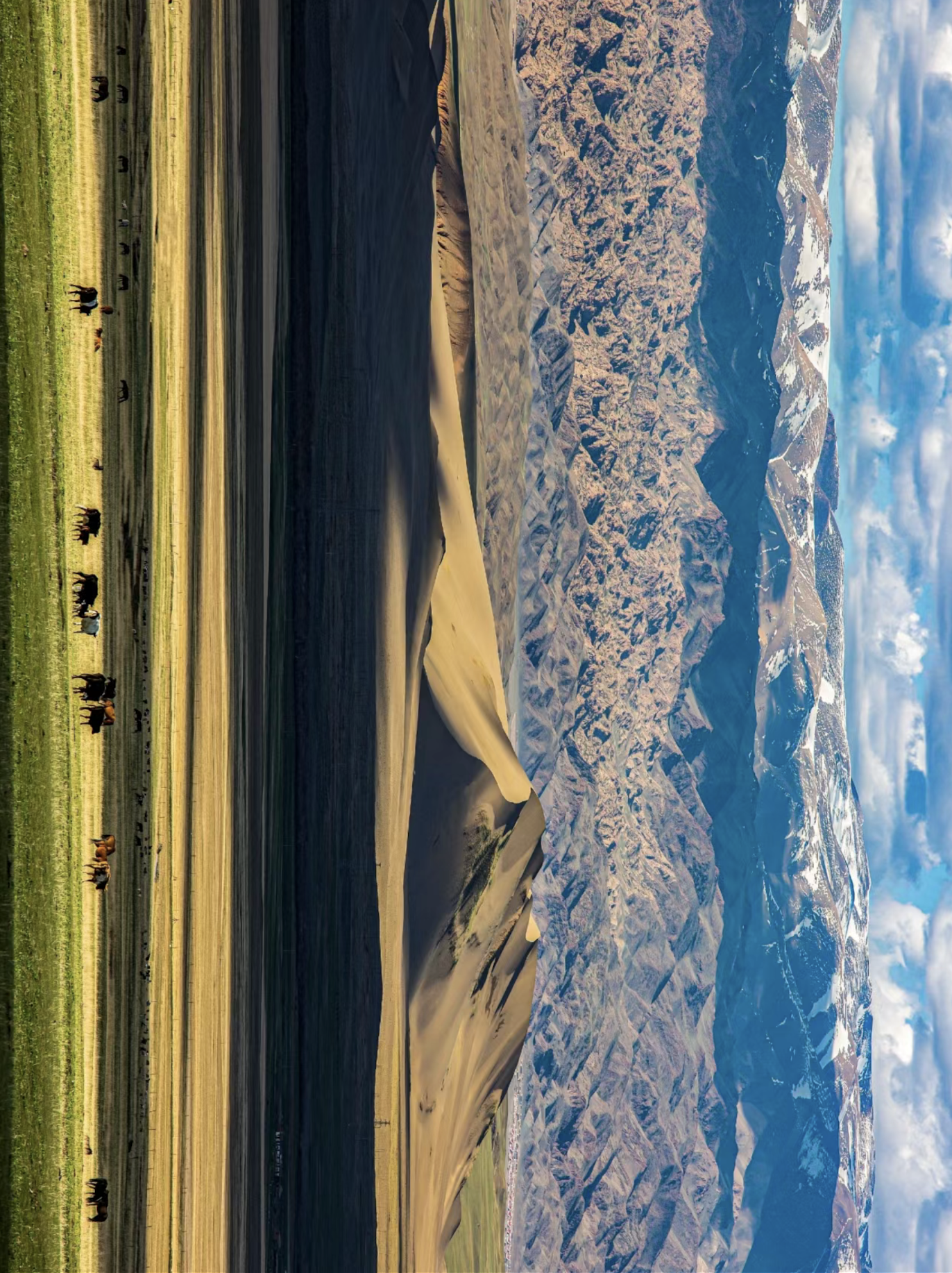
The stunning beauty of Xinjiang is well-known to many. When people think of Xinjiang, they often divide it into Southern and Northern regions by the Tianshan Mountains—Southern Xinjiang for cultural experiences and Northern Xinjiang for natural wonders. However, the Eastern region, along the ancient Silk Road, is often overlooked. Eastern Xinjiang spans from Urumqi and Turpan to Hami, offering a unique blend of cultural and natural attractions. Curious about what not to miss and how to plan your trip? Keep reading!
Best Time to Visit:
Year-round, with summer and autumn being the most ideal.
Recommended Duration: 3 days
Suggested 3-Day Itinerary:
- Day 1: Urumqi➡️Heavenly Lake of Tianshan➡️Qitai
- Day 2: Qitai➡️Jiangbulak➡️Mushan Highway➡️Kumtag Desert➡️Shanshan
- Day 3: Shanshan➡️Flaming Mountains➡️Karez Well System➡️Tuyugou Valley➡️Urumqi
Must-See Attractions:
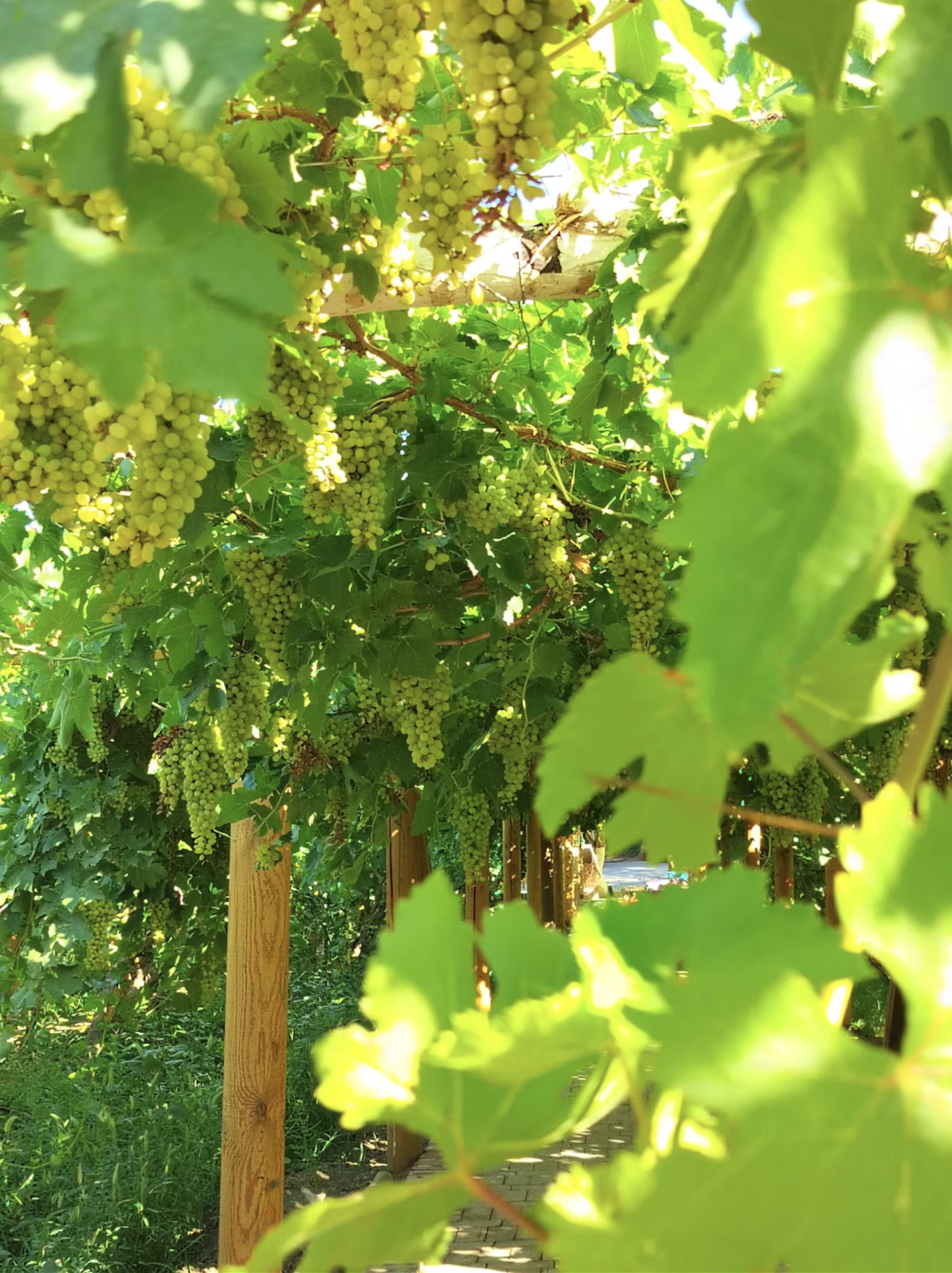
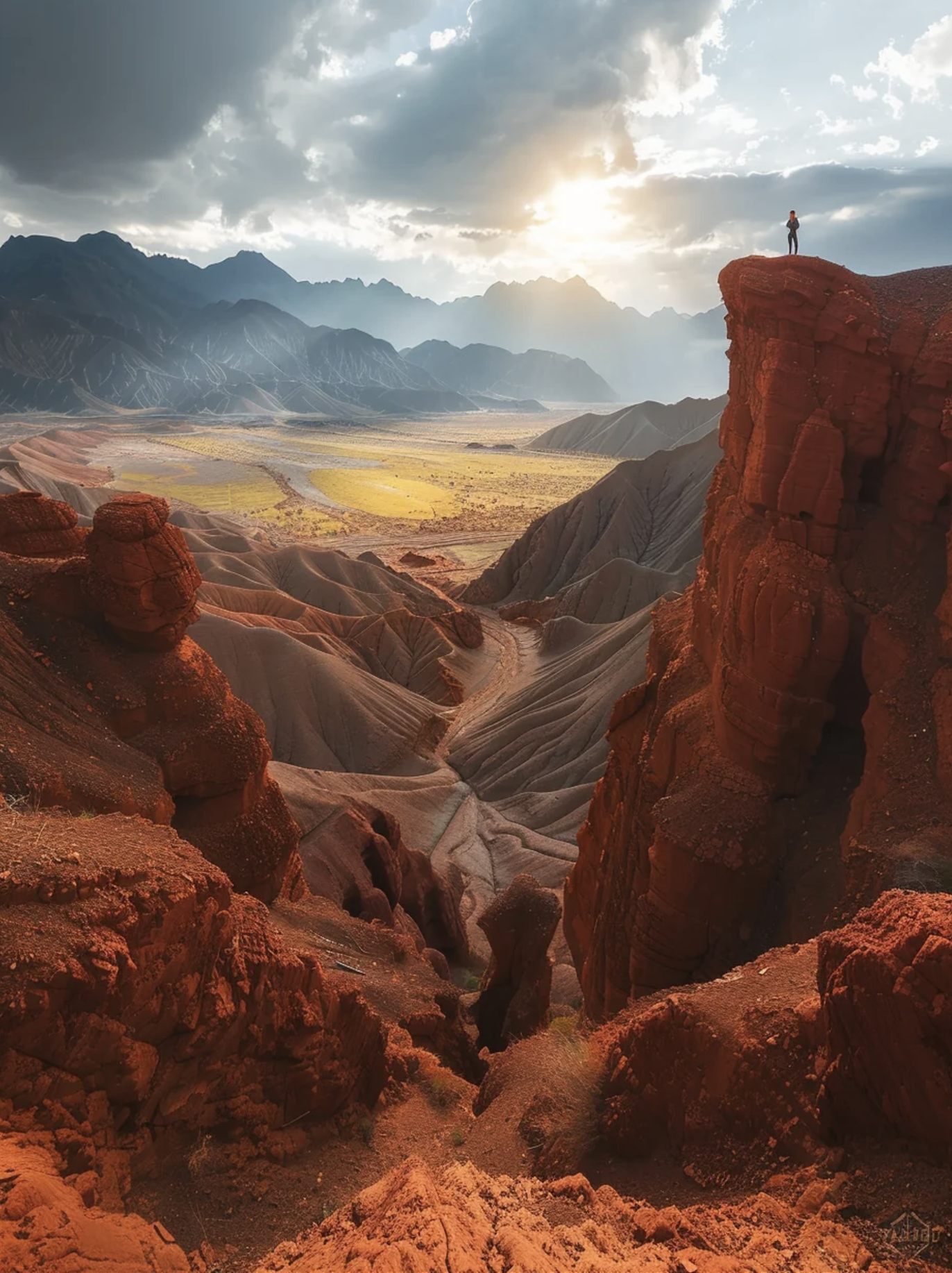
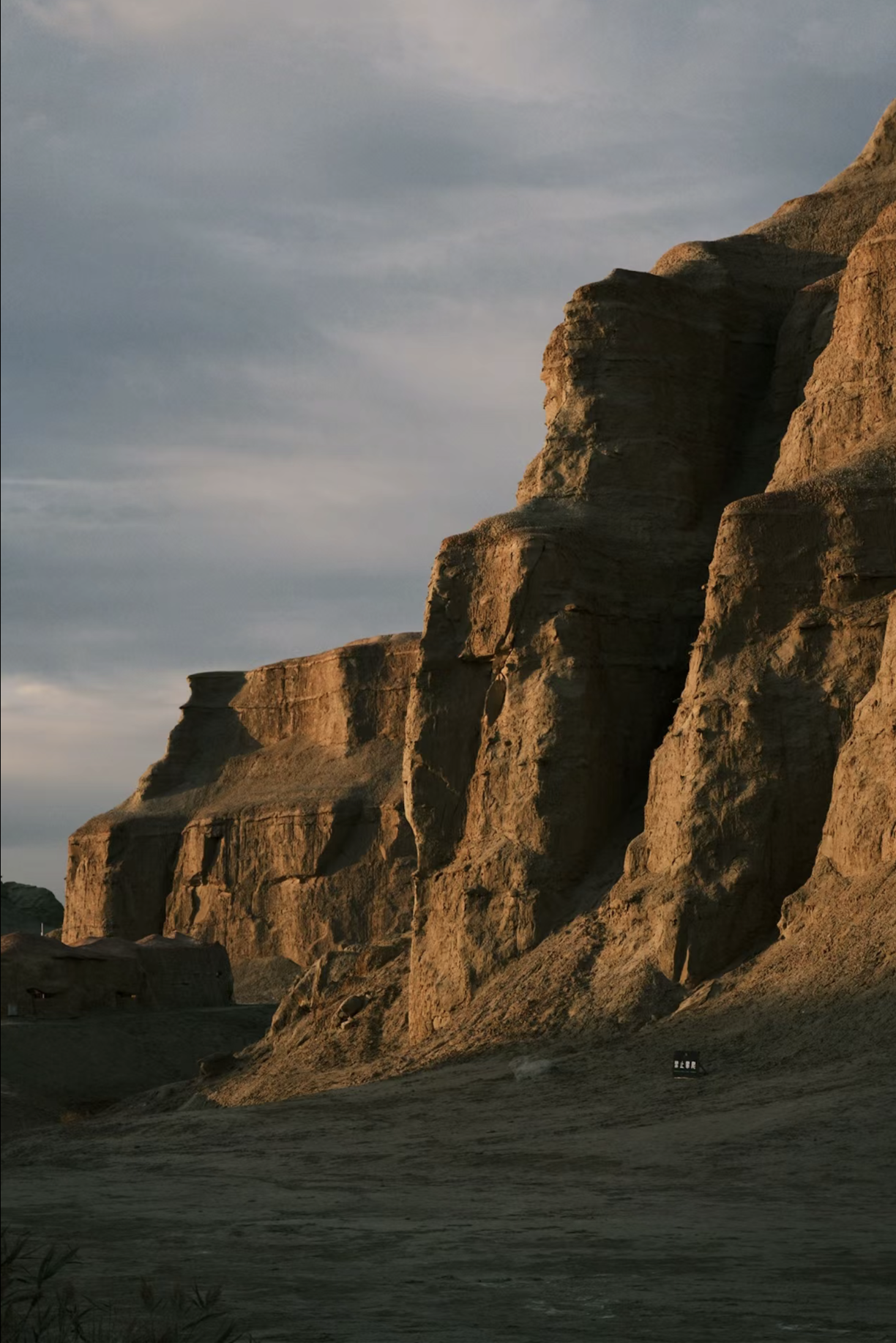
- Turpan Region
Turpan is an oasis amidst the desert, surrounded by mountains. It sits at the crossroads of the ancient Silk Road, making it rich in cultural heritage. Explore sites like the ancient city of Gaochang, Jiaohe Ancient City, the Karez underground water system, and the Bezeklik Thousand Buddha Caves. Of course, tasting the sweetest grapes in Grape Valley is a must. The Flaming Mountains, famously crossed by the characters in Journey to the West, are a real-life experience that will leave you understanding just how intense the heat can be.
- Hami Region
Hami, the eastern gateway of Xinjiang, was a crucial town on the Silk Road and features a blend of Northern and Southern Xinjiang characteristics. Here, you can explore the Tianshan Scenic Area, known as the “Paradise on Earth,” the vast Barkol Grassland, the unique Yardang landscape of Devil City, and historical sites like the Hami King’s Tomb and the Hami Hui King’s Palace. And, of course, you can’t miss tasting the famous Hami melons.
Culture and History
- Xinjiang is home to 56 ethnic groups, including 19 indigenous communities such as the Uyghurs, Han, Kazakhs, Hui, Kyrgyz, Mongols, Xibe, Tajiks, and Dongxiang. The region also has five autonomous prefectures and six autonomous counties dedicated to various ethnic groups.
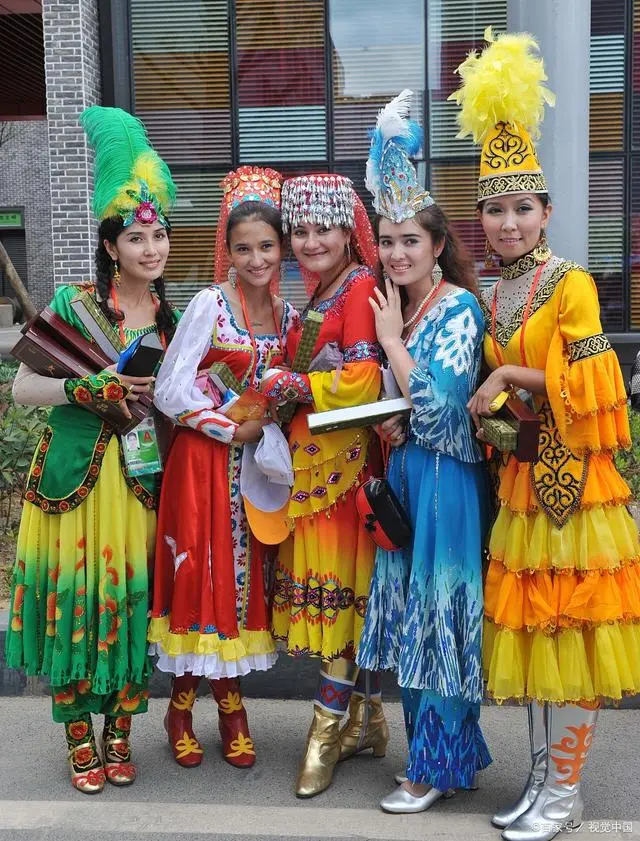
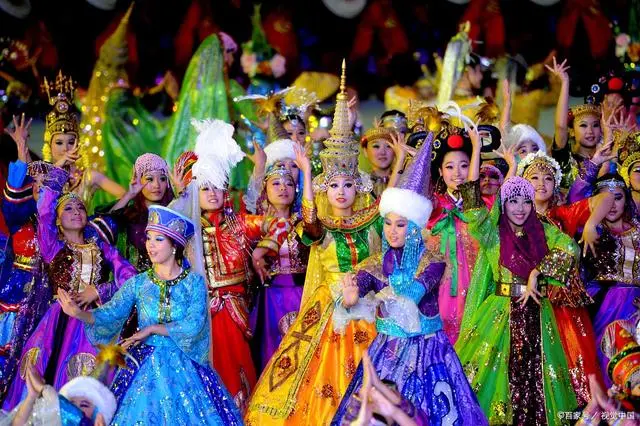
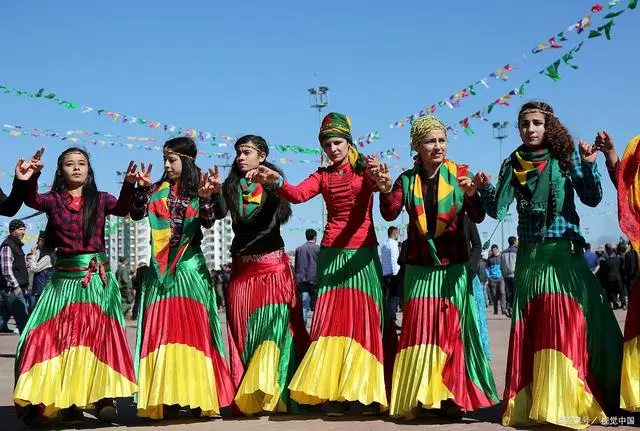
- Xinjiang shares borders with Central Asia, and while there is a significant Han population, the indigenous peoples often have distinct cultural and physical characteristics compared to the Han Chinese traditionally found in other parts of China.

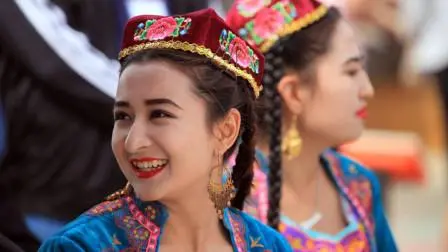
Left- Han people; Right- Uyghur people
- Islam is the predominant religion in Xinjiang, and the region is dotted with mosques. Visitors should respect local religious customs, such as refraining from consuming pork in public.
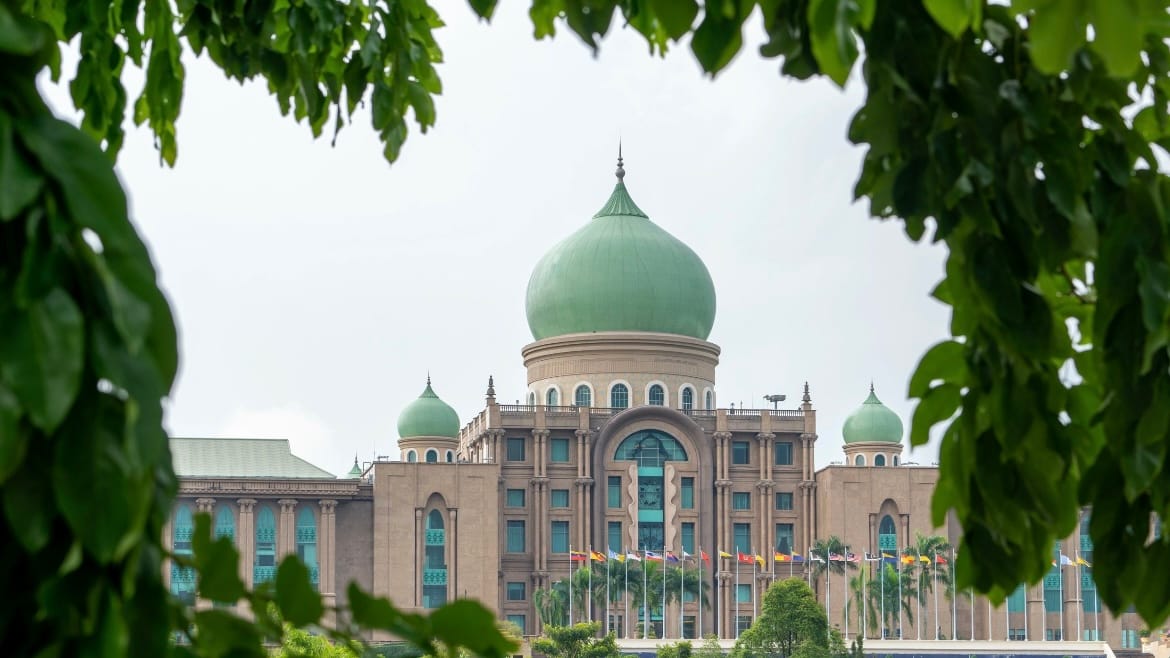
- Xinjiang has a thriving agricultural sector, benefiting from long hours of sunlight. Despite a 2-3 hour time difference from Beijing, the local society still operates on Beijing time.

- Culinary Culture:
As you might expect, Xinjiang is an excellent place to sample Uyghur cuisine, which shares more similarities with Central Asian and Middle Eastern food than with traditional Han Chinese dishes.
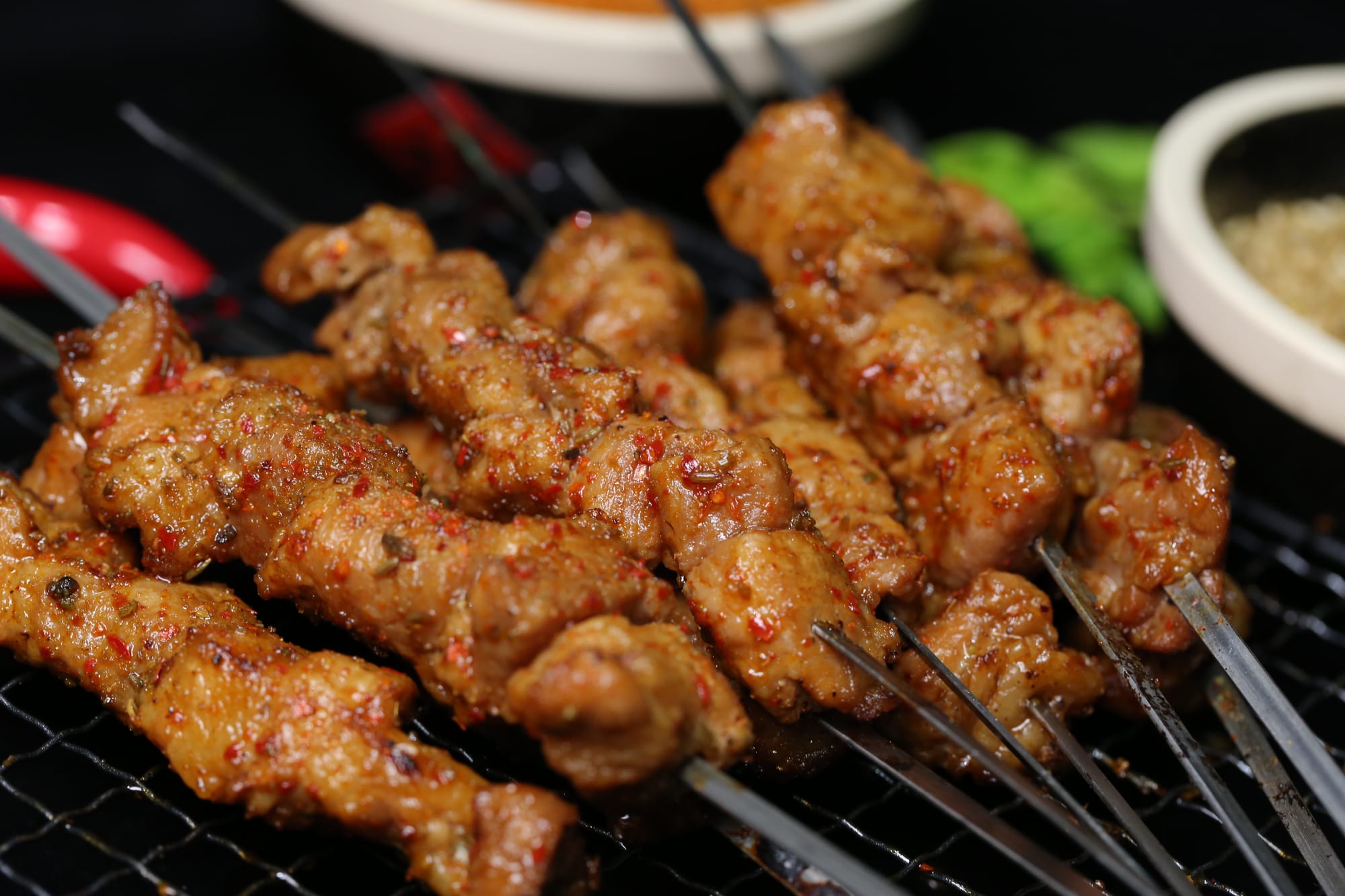

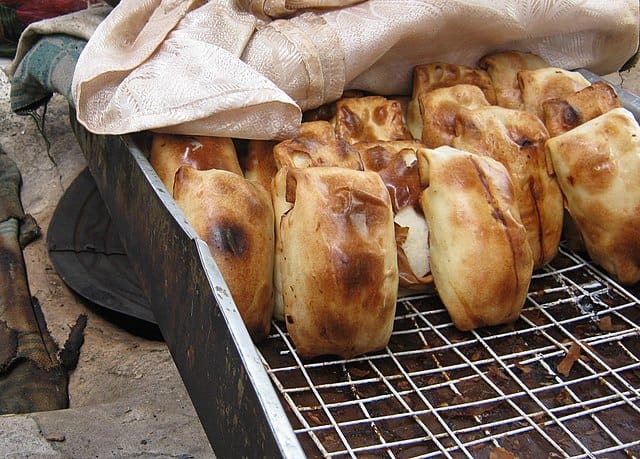
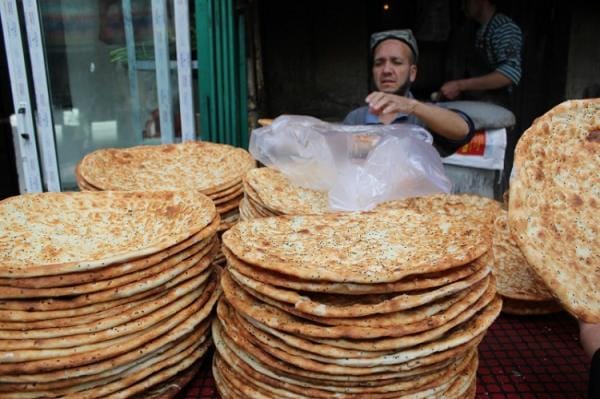
- Lamb: A staple in Uyghur cuisine, it is prepared in various ways—barbecued, grilled, fried, or boiled. Popular dishes include Kǎo bāozi (烤包子), lamb skewers known as chuànr (串), and lamb-stuffed naan called ròunáng (肉馕). Uyghur-style lamb kebabs are famous throughout China and are a must-try.
- Naan: Known as Náng (馕) in Mandarin, this flatbread comes in various sizes and can be found on the streets of every city. Some are plain, while others may include onions or scallions. If it’s cold, you can ask for it to be warmed up (gesturing towards the oven if needed).
- Yoghurt: Uyghur yoghurt is also a popular treat.

- Xinjiang is rich in natural gas resources. With the development of the Belt and Road Initiative and increased trade with Central Asian countries, the Horgos border crossing has become one of the busiest inland ports in China.
- Historically known as the Western Regions, this area was once the battleground between ancient Chinese dynasties and the Xiongnu. Over time, the Xiongnu were assimilated into the broader Chinese civilization. The Han Dynasty diplomat Zhang Qian was the first to establish contact with the Western Regions, opening up the Silk Road, which led to flourishing economic, cultural, and political exchanges between the Western Regions and the Chinese heartlands.

